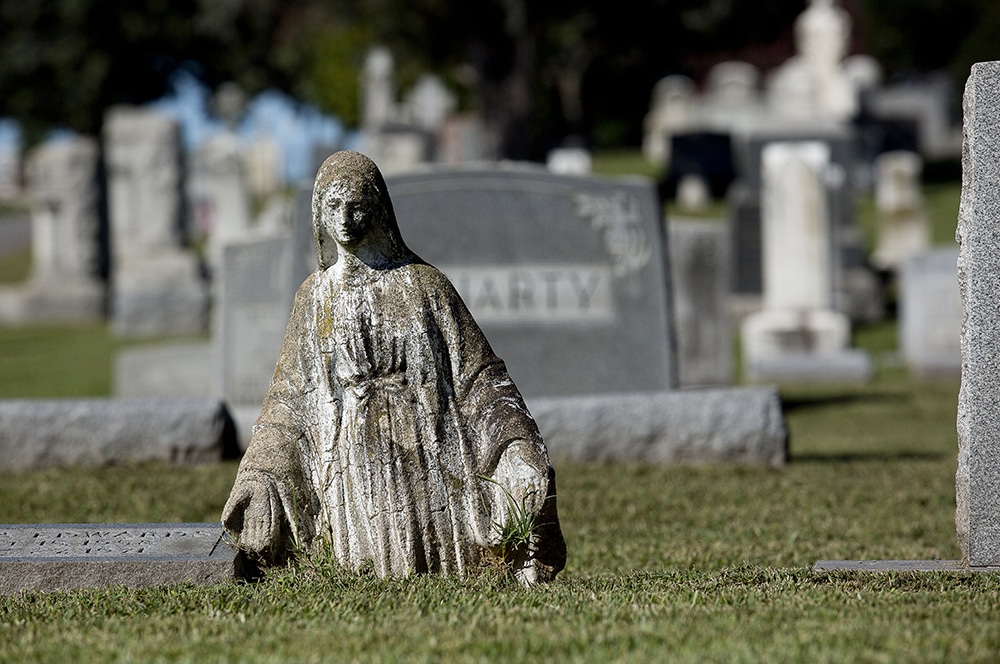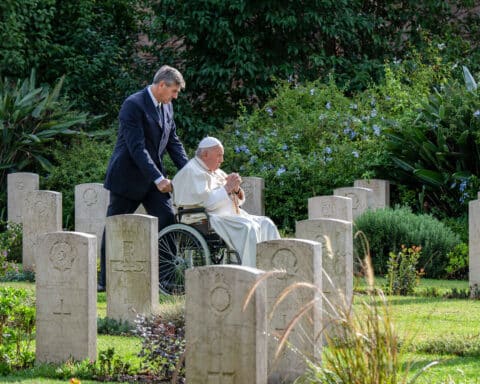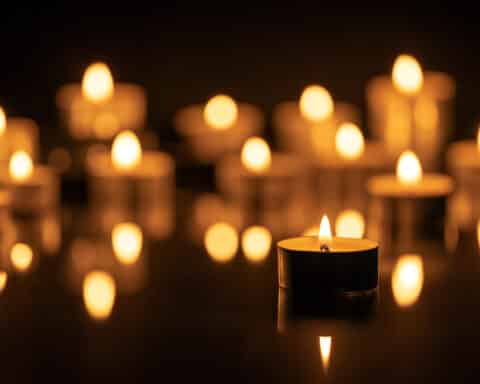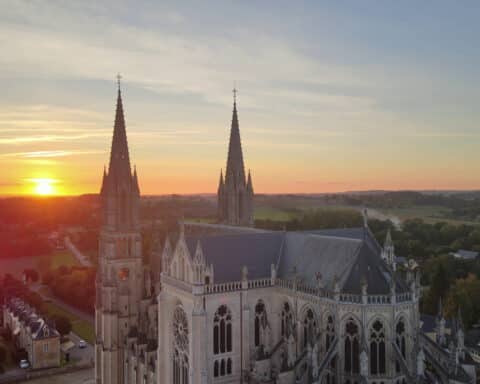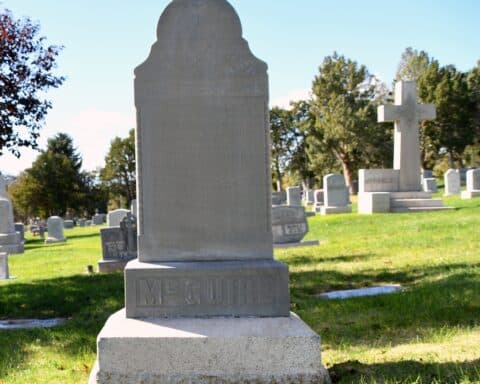SALT LAKE CITY (CNS) — In the historical area of Mount Calvary Catholic Cemetery is a wide swath of grass unmarked by headstones.
The ground beneath the grass does contain graves — about 575 of them, estimates John Curtice, the cemetery director.
Mount Calvary was established in 1897, when the Diocese of Salt Lake City received from the city a donation of 19 acres of land adjacent to the municipal cemetery. This land became Calvary Catholic Cemetery.
After the land was donated, “they transferred all of the burials, the Catholic burials, from Salt Lake Cemetery to Mount Calvary in one big move,” said Curtice, who believes those remains were deposited in one mass grave in what is now the Catholic cemetery’s historical area.
Additional graves were added from 1897 to 1901, Curtice said.
Those graves received little maintenance over the next 127 years, so any headstones were overgrown with grass or settled into the ground. Now, enabled by a grant from an anonymous donor, Curtice is working to locate the graves in a two-acre site in the cemetery’s historical area, to identify those who are buried there.
“We have 575 forgotten souls, and we may end up with 500 John Does, but we do have a list of names attached to this area, and we can somewhat locate where they’re at,” Curtice told the Intermountain Catholic, Salt Lake City’s diocesan newspaper.
To locate the graves, Curtice has hired a Utah company that uses ground-penetrating radar. GPR Services Inc. uses a machine that scans the ground and emits a signal on the microwave band and sends back a pulse that is reflected back at different rates depending on the density of the material the signal encounters.
A buried headstone, for example, appears as a hyperbola, an open curve with two branches, said Kevin D. Wiederhold, president/owner of GPR Services.
Wiederhold began working on the project in the middle of October. That first day, he found definite strata changes and lots of reflections, indicative of a mass grave.
Originally, he expected to have a complete report to Curtice by the end of the month. However, “there’s a whole lot more graves than we expected,” Wiederhold said in an interview Oct. 26, so he was still working to compile all the data.
Once he receives the report from Wiederhold, Curtice plans to bring any grave markers to the surface and arrange the graves in an orderly manner, he said.
In addition to memorializing those who have been buried there, the project may allow Curtice to recover some of the ground to use for new burials, he said.
– – –
Mischel is editor of the Intermountain Catholic, newspaper of the Diocese of Salt Lake City.

